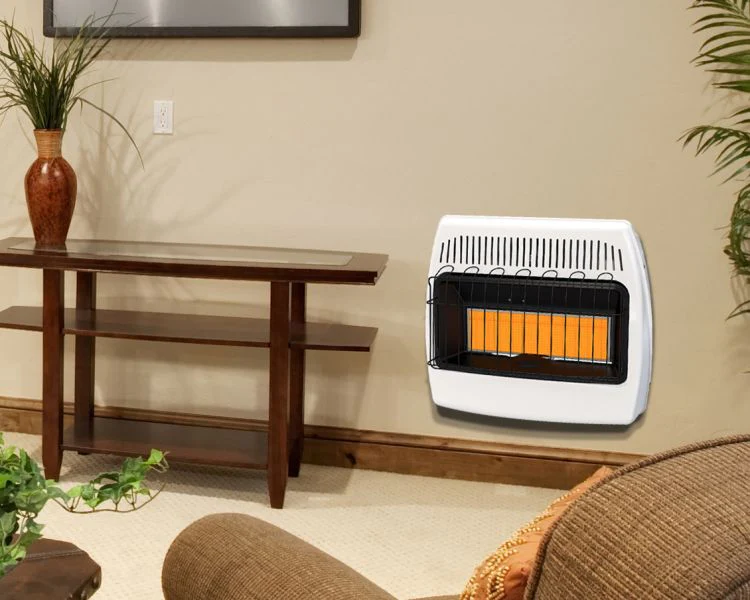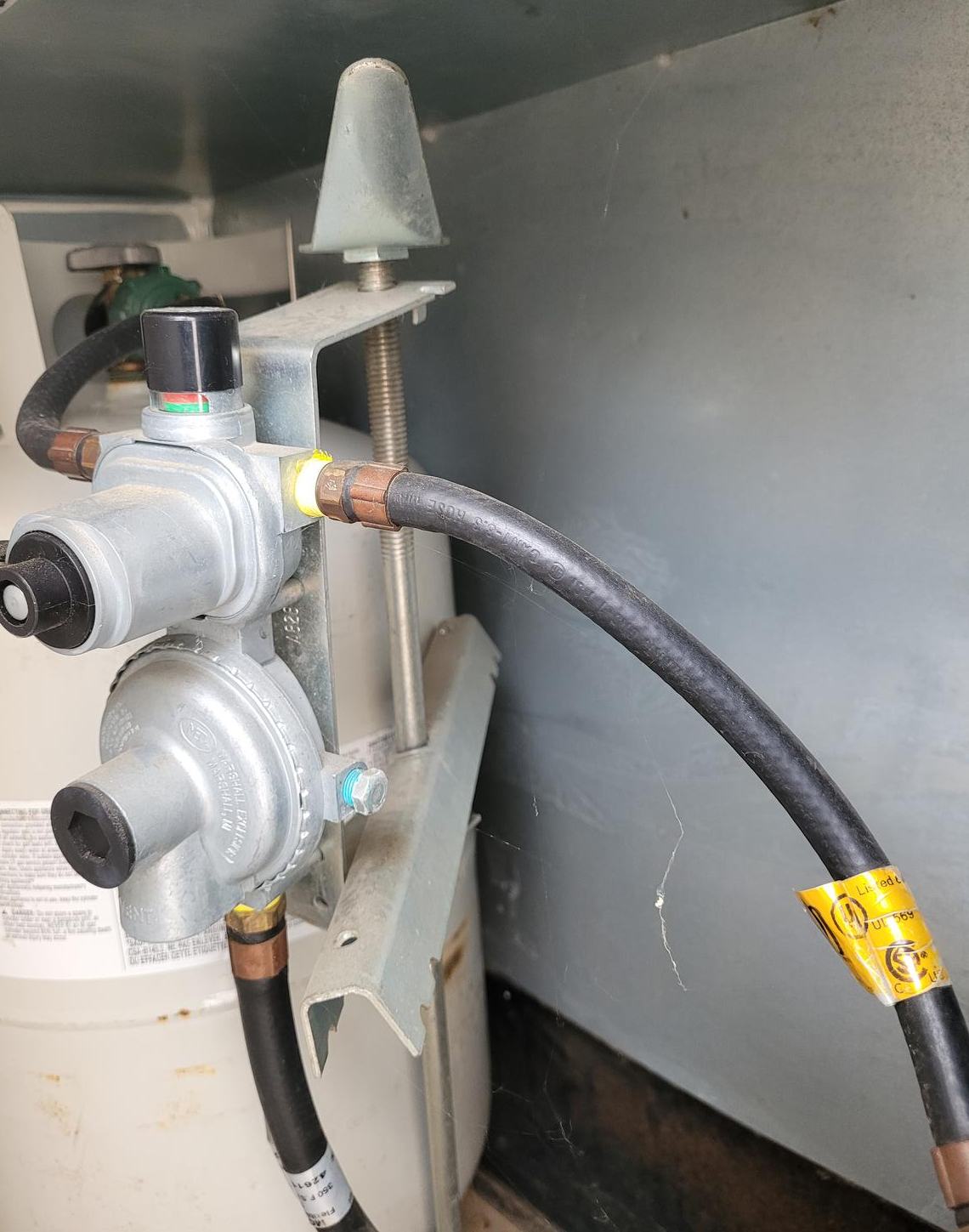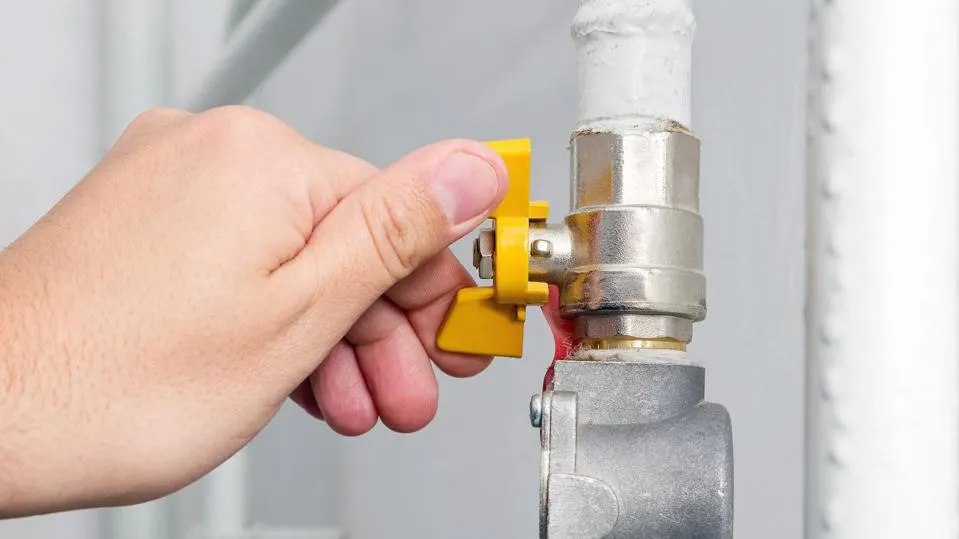Natural gas heaters provide efficient and cost-effective ways to heat spaces, but selecting the appropriate gas line size is paramount for safety and optimal performance. If you’ve found yourself wondering about the ideal gas line size for a 30,000 BTU heater, you’ve come to the right place. This article aims to shed light on this often-overlooked but crucial aspect of heater installation.
1. Understanding BTU and Its Importance
Before diving into gas line sizes, it’s important to grasp what BTU stands for. BTU, or British Thermal Unit, is a traditional unit of heat. It is defined as the amount of heat required to raise the temperature of one pound of water by one degree Fahrenheit. In the context of a heater, the BTU rating indicates the amount of heat the unit can produce per hour.
2. Gas Line Size: Why Does It Matter?
The size of the gas line determines how much gas can flow to your heater. An undersized gas line might not deliver enough fuel for the heater to operate efficiently, leading to subpar performance. In contrast, an oversized line is an unnecessary expense and might complicate the installation process.
3. Determining the Right Gas Line Size for a 30,000 BTU Heater
For most residential heaters, gas lines are measured in diameters, typically ranging from 3/8 inches to over 2 inches.
- 3/8-inch line: Suitable for shorter runs and can handle BTUs up to around 30,000-50,000, depending on the specific setup and length of run.
Given the BTU in question, a 3/8-inch gas line is commonly suitable for a 30,000 BTU heater, especially if the run (distance from the gas source to the appliance) is not excessively long.
4. Other Factors to Consider
Length of Run: Gas line capacity can decrease as the distance or run increases. For long runs, you might need to consider a slightly larger diameter to ensure the heater receives enough gas.
Gas Pressure: The pressure in the gas line also affects the BTU capacity. Make sure to check the recommended gas pressure for your specific heater model.
Local Building Codes: Always refer to local building codes and regulations. Some jurisdictions may have specific guidelines regarding gas line installations.
Material of the Gas Line: Gas lines can be made of different materials like black iron, galvanized steel, or flexible corrugated stainless steel. Each material has its considerations, including lifespan, flexibility, and corrosion resistance.
5. Safety First
When considering the size of a gas line for any heating system:
- Always consult with a licensed professional. Proper installation is vital for safety and efficiency.
- Ensure the installation meets local building codes and manufacturer’s specifications.
- Regularly inspect and maintain your gas line and heater to prevent potential issues.
Conclusion
Selecting the right gas line size for a 30,000 BTU heater is crucial for its efficient operation. While a 3/8-inch gas line is often suitable, always consider factors like the length of the run, local regulations, and the specific requirements of your heater model. When in doubt, always consult with a professional to ensure safety and optimal performance.




